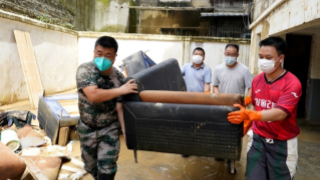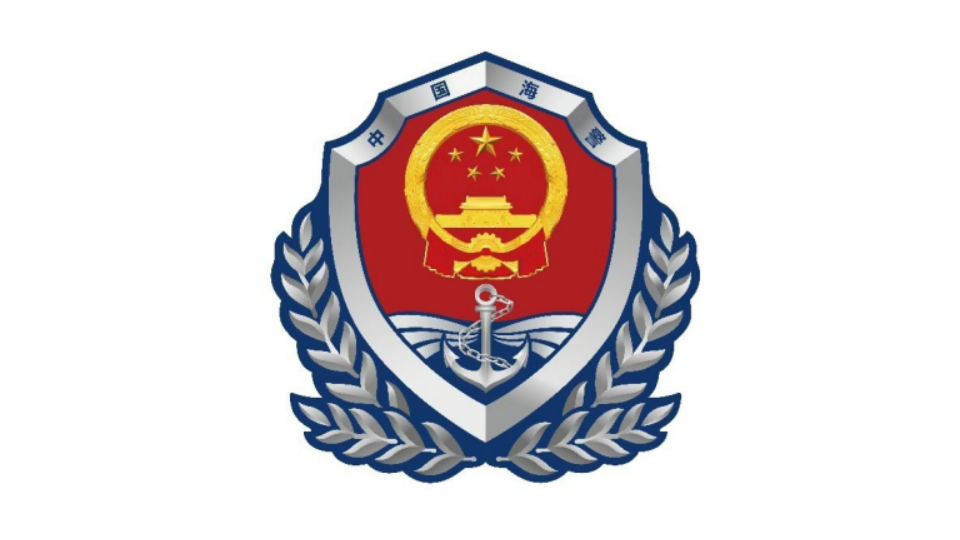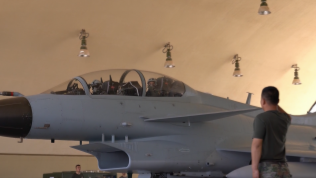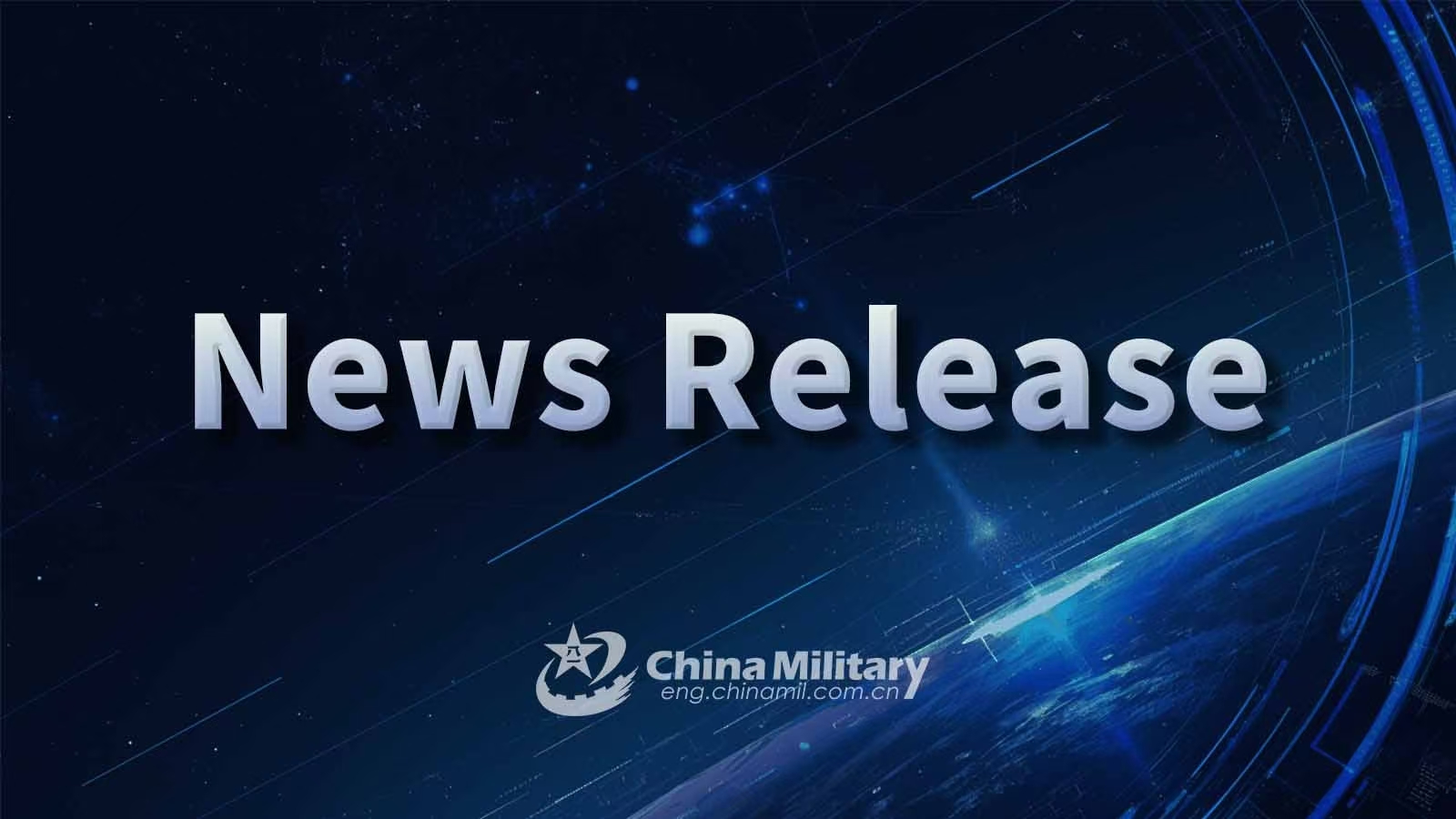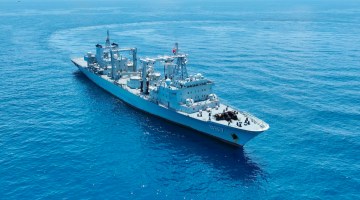
People hold banners to participate in an anti-war parade in Seoul on July 22, 2023. (Photo/Xinhua)
By Song Bo
According to foreign media reports on July 18, a US Ballistic Missile Submarines (SSBN) was currently docked at Busan Port. It was the first time in 42 years that a US strategic nuclear submarine had visited the Republic of Korea (ROK).
It was reported to be an Ohio-class nuclear power submarine and it can carry up to 20 Trident II ballistic missiles with each missile carrying four nuclear warheads. Chinese military analyst Shao Yongling explained that the Ohio-class ballistic missile submarines are the only SSBNs currently in active service in the US. It is capable of carrying 70 to 80 submarine-launched ballistic missile warheads and possesses a considerable nuclear strike capability. Currently, the US has more than ten Ohio-class ballistic missile submarines used for nuclear strike missions. Among them, four have been converted into cruise missile submarines capable of launching Tomahawk cruise missiles.
Presidents of the US and ROK jointly issued the Washington Declaration in April this year. The core content of the declaration was that the US agreed to give ROK a greater say in consultations over American potential nuclear responses to DPRK's "attack", in exchange for ROK's commitment not to develop nuclear weapons. The US President Joe Biden stated that the U.S. would not redeploy nuclear weapons on the Korean Peninsula but would expand the deployment scale of strategic weapons such as nuclear submarines to demonstrate nuclear protection for ROK and nuclear deterrence against the DPRK.
DPRK's nuclear missiles capabilities have developed rapidly in recent years. The ROK has two choices amidst the increased nuclear pressure: either to develop its own nuclear weapons or rely on the US's nuclear umbrella. But under the political pressures, the ROK can only rely on the US for protection. Nevertheless, Shao believed that the US is unlikely to deploy its strategic nuclear submarines overseas due to security and maintenance concerns. Therefore, the symbolic significance of this U.S. military move outweighed its actual military value.
The US and other countries have conducted increasingly frequent military exercises around the Korean Peninsula, strengthened military deployments, and further intensified the regional tension since the beginning of this year. Shao said that the development of the situation on the Korean Peninsula is not a military issue, but fundamentally a political security issue. The solution lies in peaceful means such as persuasion, dialogue, and promotion of peace, rather than resorting to force. The actions of the US and ROK will only add fuel to the already tense situation on the Korean Peninsula.
The US should find ways to promote inter-Korean dialogue and establish a peace mechanism for the peninsula, instead of insisting on military deterrence and hoping to achieve concessions from the DPRK through military pressure.
Years of deterrence and high pressure have not eased relations on the peninsula. Therefore, the US should face the crux of the issue, shift the focus to political resolution, and consider how it can play an appropriate role in advancing reconciliation on the Korean Peninsula.
Editor's note: Originally published on cnr.cn, this article is translated from Chinese into English and edited by the China Military Online. The information and opinions in this article do not necessarily reflect the views of eng.chinamil.com.cn.

